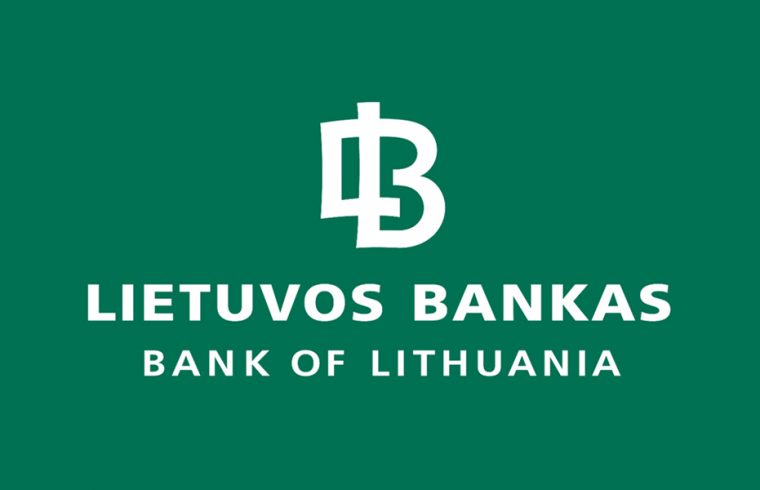Both in 2018 and over the last three years (2016–2018), the Bank of Lithuania financial asset management was successful, earning in returns, respectively, €35.1 million and €53.2 million, or 0.8% and 2.2%. The implemented progressive risk parity approach that ensures equal allocation of investment risk across risk sources has also contributed to positive investment results.
“With an increase in the US interest rates and a drop in equity and other investment prices, 2018 turned out to be a challenging year, yet the strengthened US dollar and the strategic structure of the investment portfolio based on the risk parity approach have contributed to overall positive returns. I would also like to highlight the fact that, as in previous years, active investment management, i.e. decisions adopted by the Bank of Lithuania’s investment managers seeking to exceed the return of the strategic portfolio, has successfully contributed to the overall positive performance,” said Tomas Garbaravičius, Member of the Board of the Bank of Lithuania.

The Bank of Lithuania’s financial assets, often referred to as foreign reserve assets, include investments unrelated to monetary policy implementation. Foreign reserve assets are divided into four portfolios: investment, reserve, short-term and gold. Investment portfolio is the largest one – it is invested by diversifying investment risk in order to yield the highest possible return during a three-year investment horizon without exceeding the risk budget of €150 million. The risk budget is set at a 95% confidence level, which means that €150 million or higher losses may, on the average, be incurred only once over a 20-year period.
The Bank of Lithuania was the first central bank in the world to implement the progressive risk parity approach to form the strategic structure of the investment portfolio. Risk parity refers to a portfolio where each asset contributes equally to the overall portfolio risk. Due to maximum diversification, the Bank of Lithuania’s risk parity approach not only reduces the impact of short-term shocks on investment performance, but also helps to achieve higher returns in the medium and long term, by giving the green light to more profitable and riskier investments. Moreover, the structure of such portfolio is relatively stable, thus allowing to save restructuring costs.
According to Tomas Garbaravičius, in recent years the Bank of Lithuania has increased its share of assets that are not hedged against currency risk. Therefore, the dependence of annual investment performance on the US dollar fluctuations has significantly increased. However, it should be noted that in the long run both positive and negative currency developments level out. Thus, it is important to evaluate the investment performance with regard to the longest possible period.
The Bank of Lithuania manages the largest investment portfolio in the country: in 2018 the average value of financial assets unrelated to monetary policy operations amounted to €4,359 million. The gold reserves recovered after the restoration of Lithuania’s independence remain stable at 5.8 tons. Given favourable investment conditions, gold return not only covers storage costs but also boosts profit on financial assets. In 2018 return on gold investment amounted to €0.34 million.
The main objective of holding financial assets is to ensure the stability of the financial system in Lithuania and the euro area, as well as provide a buffer against economic and financial shocks as well as other extraordinary circumstances.












